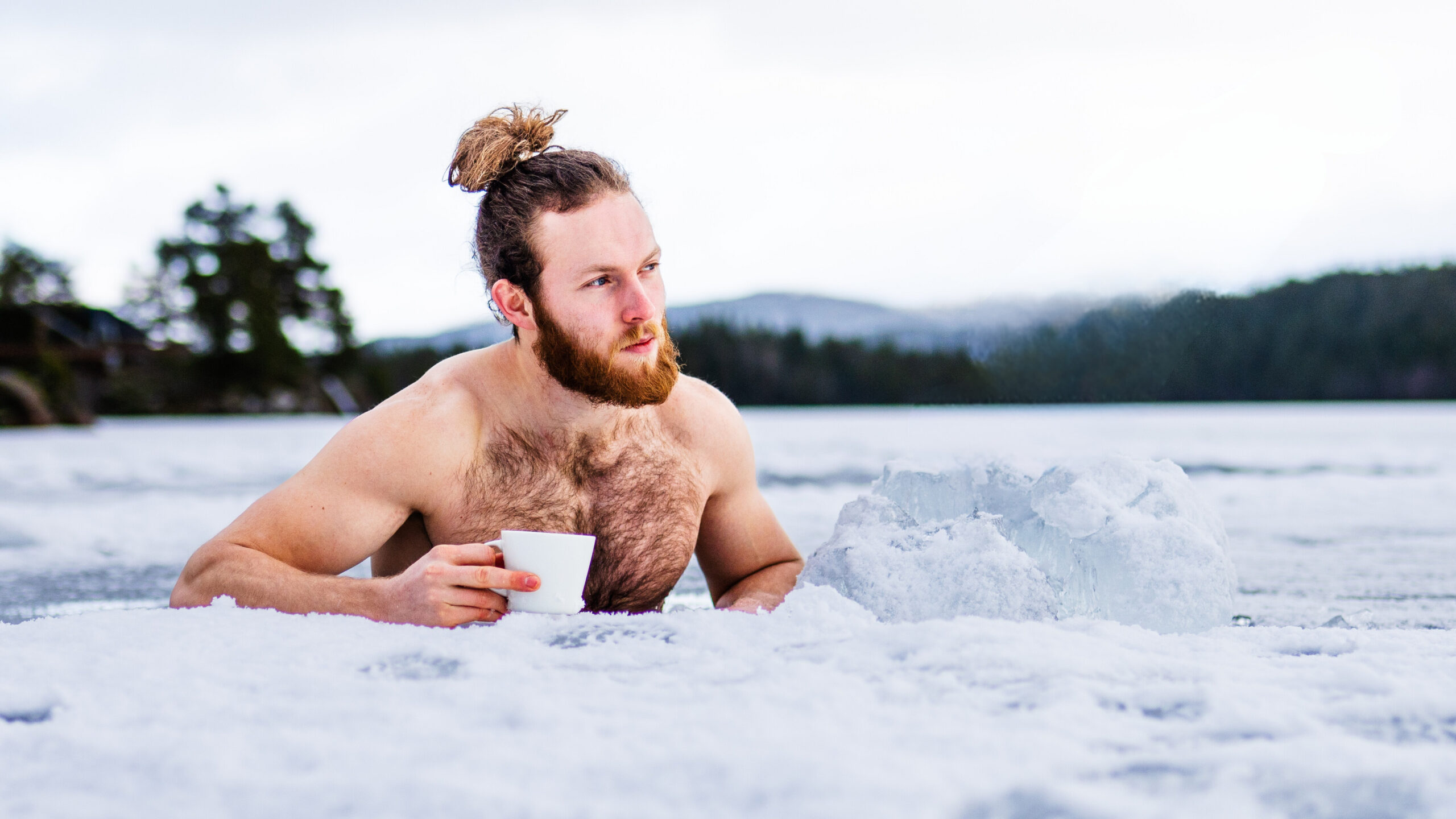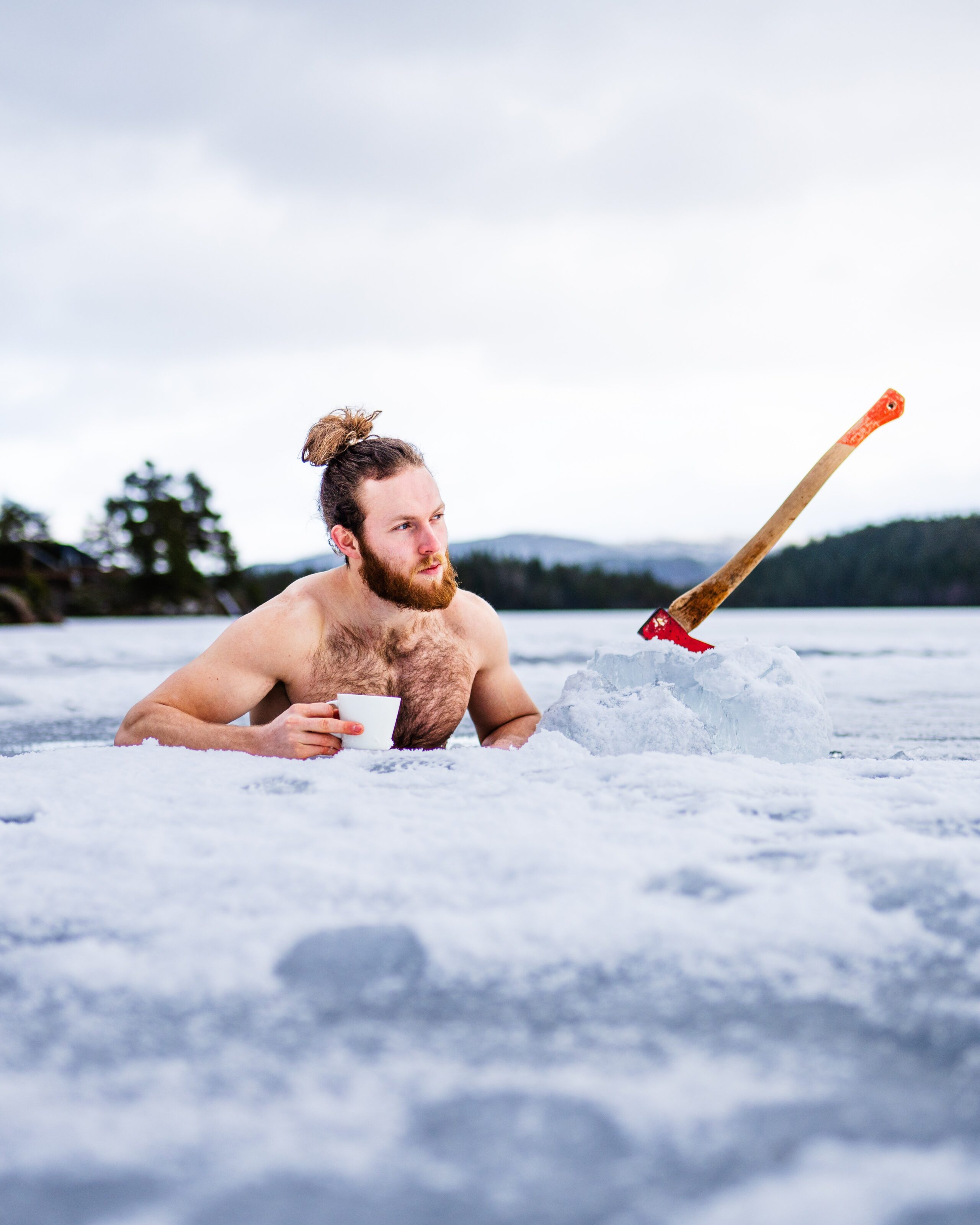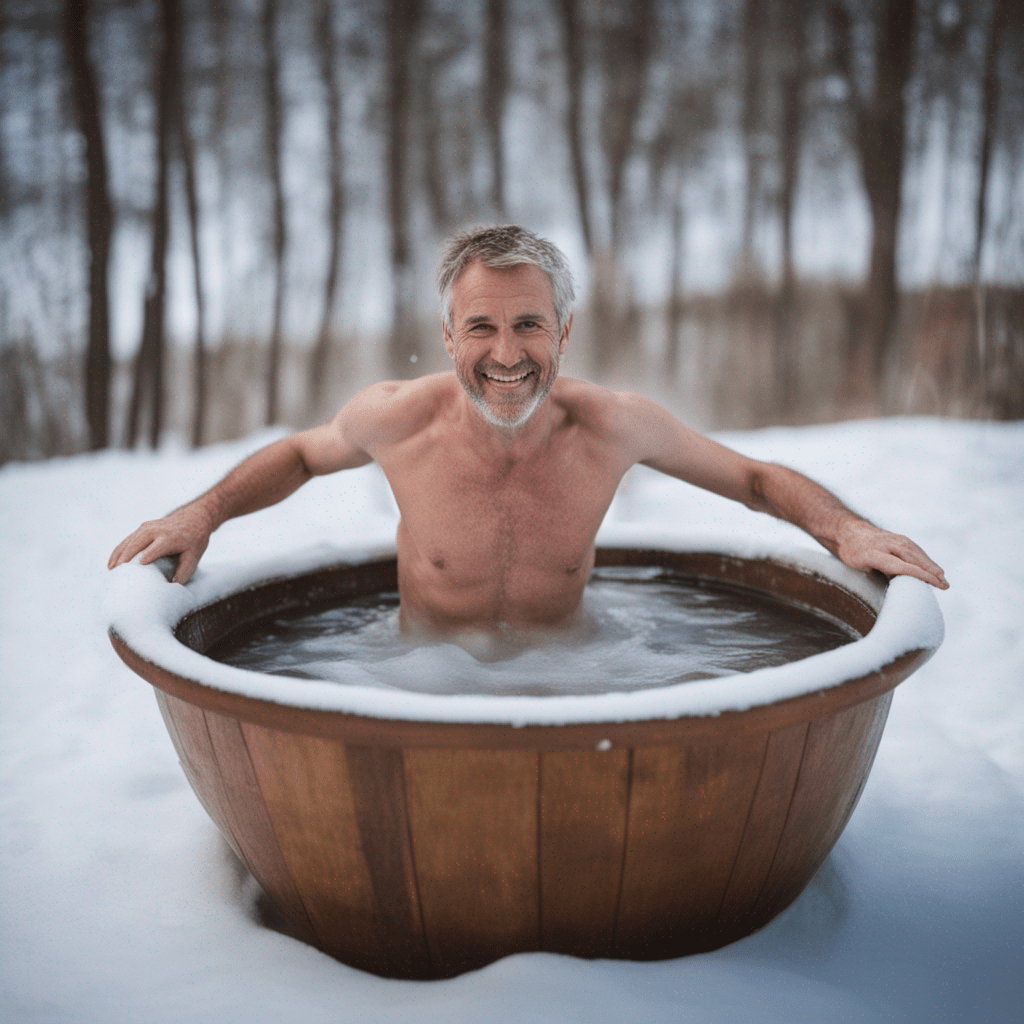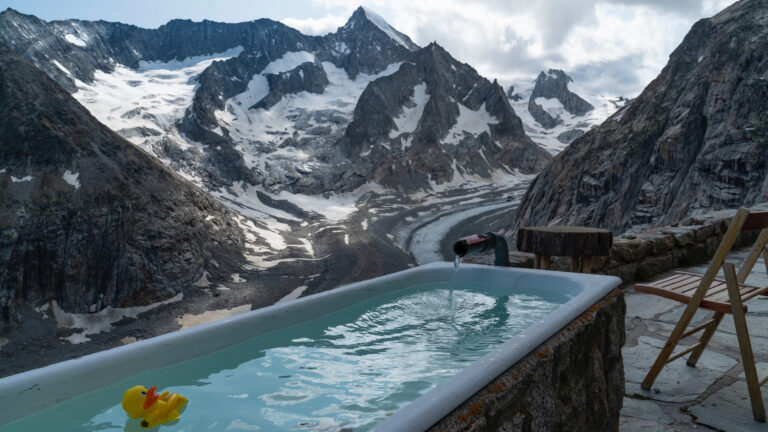How Long Do You Need to Cold Plunge for Cold Plunge Benefits

Introduction
Cold plunging involves immersing your body in cold water, typically between 50°F to 59°F (10°C to 15°C). This practice is very popular among wellness enthusiasts because of its potential health benefits.
However, one common question people new to cold plunging often ask is, “How long should I stay in the water to see results?” Or “How long should a person take cold plunges for cold plunge benefits?”
The ideal duration for each individual can be different, as each individual will have a different environment and personal capacities against the cold. However, there is a certain range above which it may harm you more than it provides benefits.
In this article, we will answer the frequently asked question of how long a person should stay in a cold plunge for maximum benefits. This article also covers some important aspects of cold plunging, the science behind its working, its health benefits, and safety tips.

The Science Behind Cold Plunges
When you sit in a cold plunge, cold exposure acts as a stress for the body, which results in a “fight-or-flight” response. This response initiates different physiological changes in the body. The cold causes the narrowing of the blood vessels, which reduces the blood supply to the tissues. Reports show that reduced blood supply can lower inflammation and help with recovery.
Evidence also shows that cold temperatures initiate different hormonal changes in the body. For example, cold triggers the release of endorphins, a hormone that promotes good mood.
In addition to these physiological changes, cold plunging also impacts mental well-being in many ways. When you intentionally expose your body to the stress of cold temperatures, you train your mind and body to address stressful events in your daily life efficiently.
Benefits of Cold Plunging
Immersing yourself in cold water is uncomfortable, but it offers many health benefits, making the uncomfortable experience worth it. Here are some real-life health benefits of cold plunging:
Improved Muscle Recovery
A 2020 study by Physiological Research Journal shows that athletes and people who engage in intense physical activities are usually at a higher risk of muscle soreness and damage. Cold plunging works best for athletes in preventing this damage.
The science behind the working of cold plunging for muscle recovery is the narrowing of blood vessels in response to cold. When your body experiences cold temperatures, as in a cold plunge, it triggers the narrowing of the blood vessels. This decreases the blood supply to the affected muscles, which prevents inflammation and facilitates recovery.
A 2023 study shows that cold water immersion after physical activity can prevent muscle soreness and promote rapid recovery. A study by the British Journal of Sports Medicine also shows that cold water immersion is effective in reducing muscle soreness and improving sports performance.
Enhanced Circulation
Evidence shows that cold water immersion initiates the “fight-or-flight” response, which causes vasoconstriction. In vasoconstriction, there is a reduced blood supply to the peripheries. On the other hand, the vital organs in the core receive an enhanced blood supply when vasoconstriction occurs, allowing efficient functioning.
After you step out from a cold plunge and your body starts to warm, there is a shift in blood flow from vasoconstriction to vasodilation. This time, the blood supply increases to the peripheries, and your muscles receive oxygen-rich blood. This cycle of narrowing and dilation of blood vessels can have a positive impact on cardiac health over the long term.
Increased Metabolism
Have you ever stepped out from a clod plunge feeling hungry? Or do you generally feel more hungry in a cold environment?
Studies show that this occurs because cold temperatures boost the body’s metabolism process. When you are in a cold environment, the body needs heat to cope with the surrounding cold temperature.
Metabolism produces heat and helps your body in dealing with cold temperatures. While it is not an alternative to regular exercise or a balanced diet, regular cold plunging and enhanced metabolism may help some people manage their weight.
Improved Mood and Stress Relief
Individuals who practice regular cold plunging often report improved mood and stress relief. These psychological benefits of cold plunging are not just myths but are based on scientific evidence.
A 2023 study shows that cold plunging stimulates the release of endorphins in the brain. Since endorphins are mood-boosting hormones, they create a sense of relaxation, calmness, and stress-free state.
Another reason for stress release is that all your mental focus in a cold plunge is on dealing with the stress of the cold temperature. It helps you clear your mind from triggering thoughts.
Ideal Duration For Cold Plunges
How long you take cold plunges determines the benefits you will get in most cases. Staying for a very short period may not provide much benefit while staying for longer than recommended may have adverse effects.
So, how long do you need to cold plunge for cold plunge benefits?
There is no one single answer to this question, as the ideal duration for every person varies depending on their tolerance to cold. Generally, staying in the water for 2 to 5 minutes is sufficient to experience most of the benefits.
For beginners, we advise to start with shorter sessions, such as 30 seconds to 1 minute. This allows the body to adjust to sudden temperature changes. As your tolerance increases, you can gradually increase the duration to 3 to 5 minutes.

Ideal Frequency For Cold Plunges
Besides the duration, one other common question that people generally ask is how often they need to take cold plunges for maximum benefits.
For most people, taking a cold plunge 2 to 3 times a week will work best in terms of health benefits. This frequency isn’t insignificant to not cause any impact and also not very high to cause adverse effects of overexposure.
Athletes who seek faster recovery can practice cold plunging more frequently. However, it is important to monitor how your body responds. Overdoing cold exposure can reduce its effectiveness and increase the risk of cold-related injuries.

Risks Associated with Cold Plunges
When you don’t follow the recommended guidelines and safety tips, there are significant risks associated with cold plunging. Overexposure to cold plunging can harm your body in the following ways:
- Hypothermia: Hypothermia is a condition where your body temperature drops critically low. It can occur when you stay in icy water for too long. Your body can manage the heat loss in cold water up to a certain limit, but overexposure can result in heat loss at a critical level.
- Frostbite: Frostbite is the death of body tissues when they come into contact with freezing temperatures, such as cold water or ice. While the risk is very low, reports show that one can get frostbite from exposure to cold water.
- Cardiovascular Stress: Cold plunging can benefit cardiovascular health, but it can also put stress on the cardiovascular system, which may result in problems if you already have a heart condition. Cold exposure demands more work from the cardiovascular system to manage vasoconstriction and vasodilation efficiently. This extra work can strain the heart in some cases and can result in serious complications.

Tips for a Safe Cold-Plunging Experience
Here are a few tips you can follow to obtain the benefits of cold plunging while minimizing the risks associated with this practice:
- Start Slowly: If you are new to cold plunging, begin with short sessions of 30 seconds to 1 minute. As your body adapts, you can gradually increase the time.
- Monitor Your Body: Always focus on your body’s feedback. If you feel numbness, pain, or excessive shivering, exit the water immediately and focus on warming up the body.
- Use a Thermometer: Maintain the water temperature between 50°F to 59°F (10°C to 15°C). Water below this temperature can increase the risk of frostbite and hypothermia.
- Warm-Up Duration: When you step out from a cold plunge, focus on gradually warming your body. You can wear warm clothes or cover your body with a towel. Hot drinks can also help during warm-up after a cold plunging session.
Conclusion
Cold plunging is a popular wellness practice with a range of benefits for both physical and psychological health. It helps with recovery, reduces inflammation, boosts mental clarity, and relieves stress.
Any beginner is usually confused about how long they need to stay in a cold plunge for cold plunge benefits. The duration and frequency of cold plunging can vary from person to person and cold plunging conditions. Typically, taking a cold plunge for 2 to 5 minutes and 2 to 3 times a week is enough for most people.
We recommend following safety guidelines for cold plunging to avoid its associated risks, such as frostbite, hypothermia, and cardiovascular stress.






